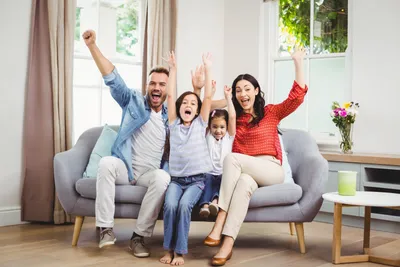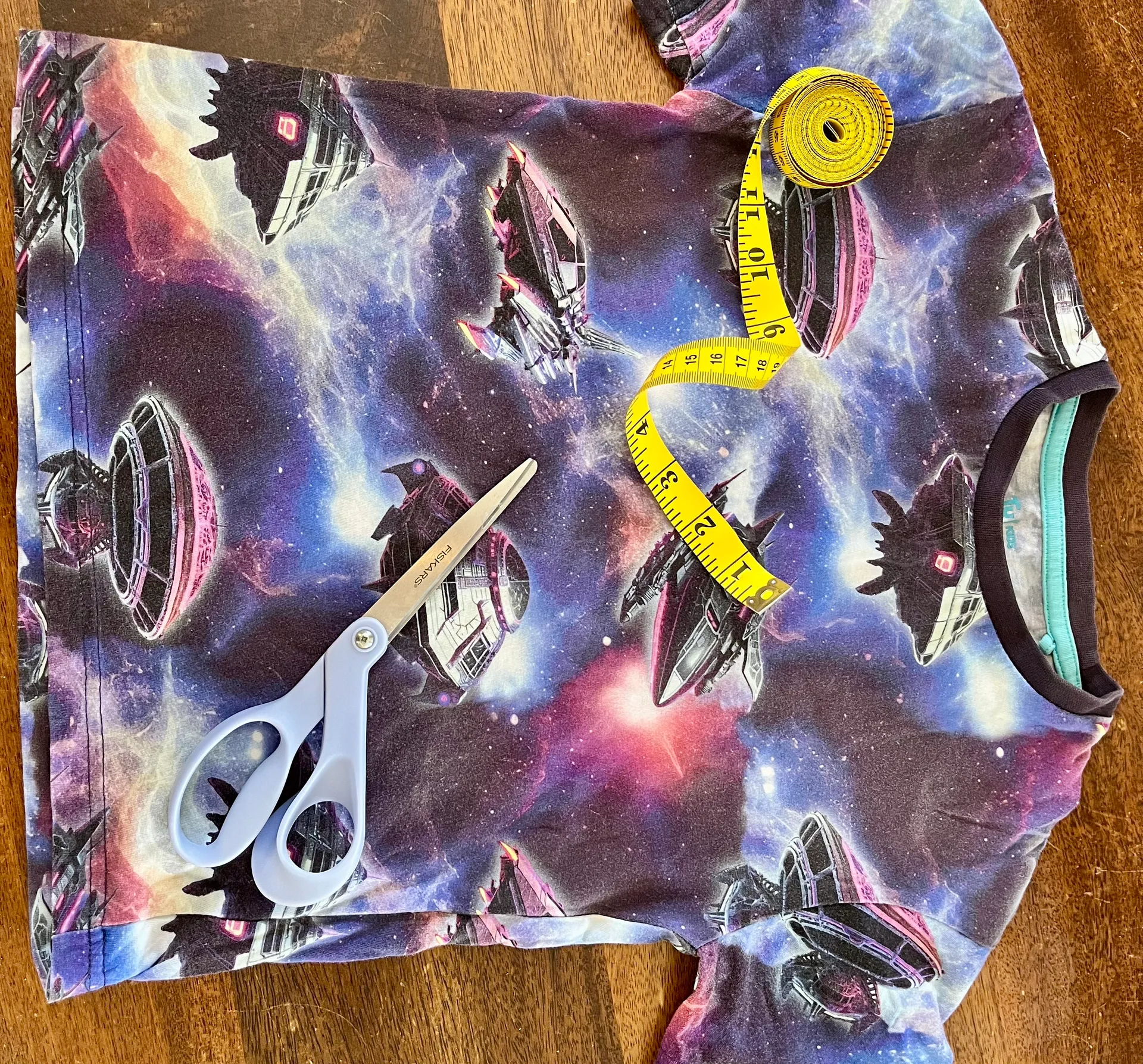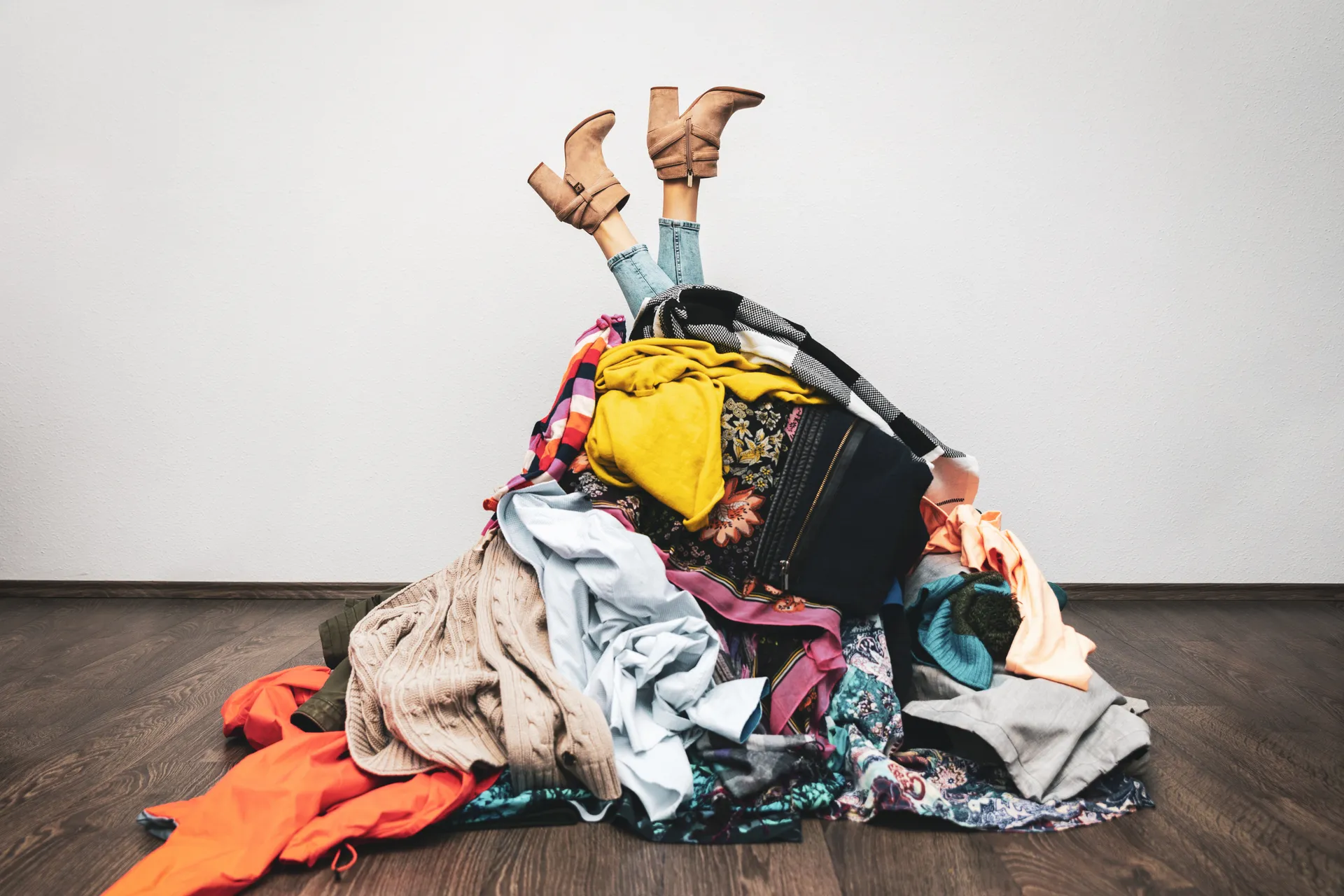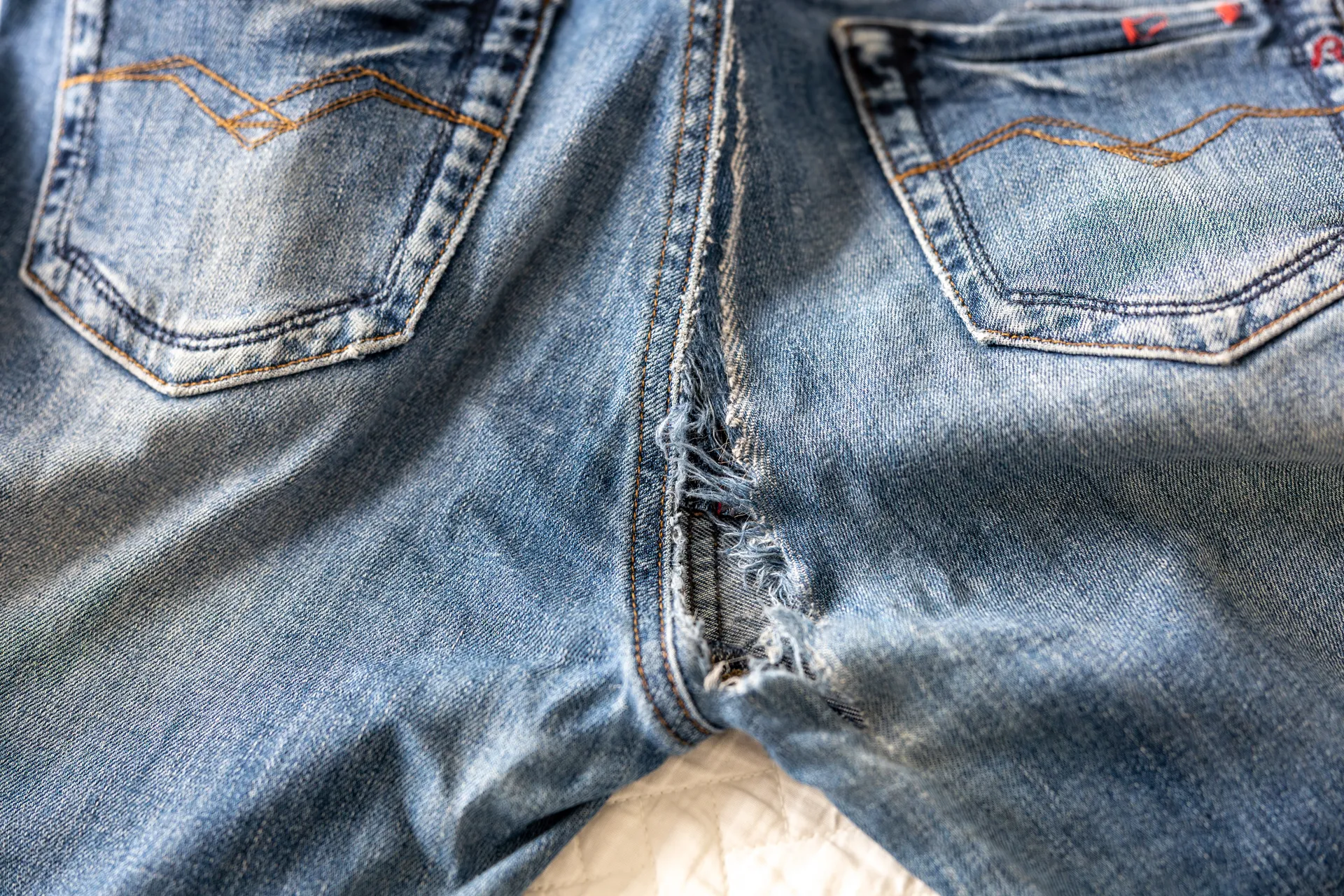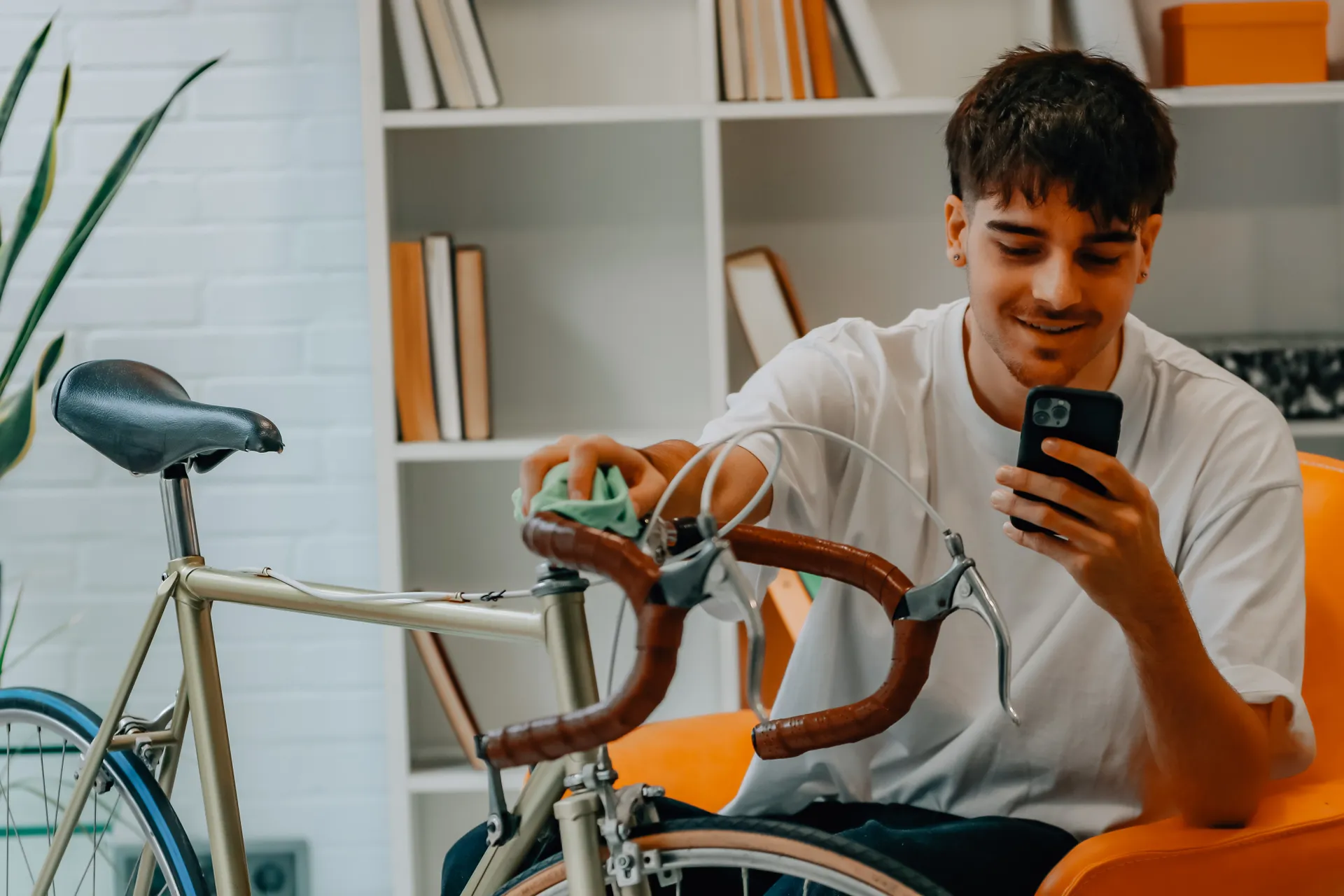Plastic Repair 101: Fix don't toss
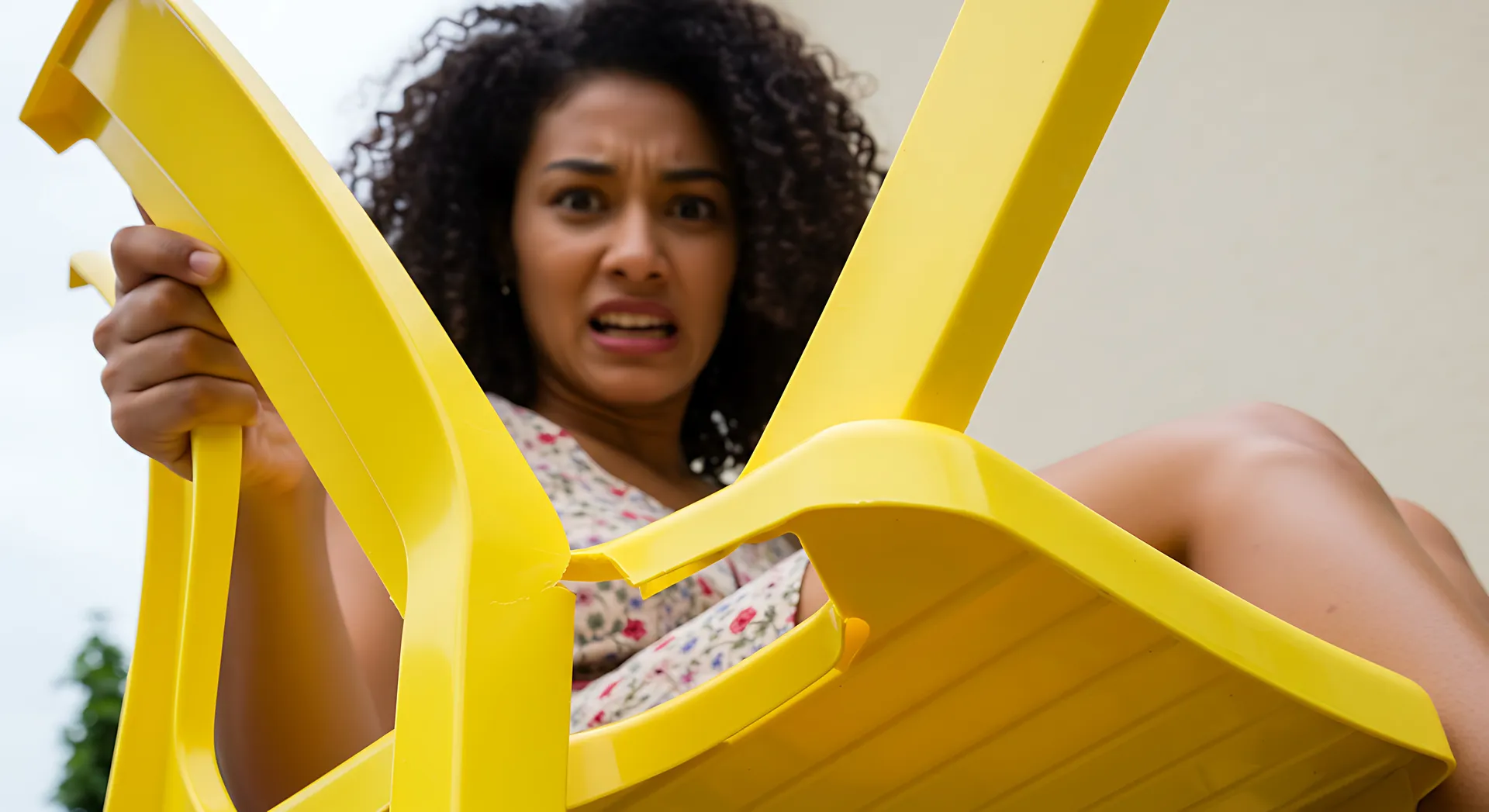
From cracked chairs to leaky pool toys, repairing plastic just makes sense.
🛠️ Not all plastic is single-use and not all items can be repaired, but some items — like garden furniture, toys, garden tools, and inflatables — are worth saving when they break.
Whether you’re trying to live more sustainably or just avoid the cost of replacement, here’s how to safely repair common plastic items at home
🔍 First, identify your plastic
Not all plastics are created equal. Some are rigid (like polypropylene in furniture), while others are flexible (like PVC in inflatables). Most plastic items have a recycling code or letters stamped somewhere — this will tell you what type you're dealing with.
PP (Polypropylene) – common in garden furniture, storage containers
PE (Polyethylene) – used in toys, water drums
PVC (Polyvinyl chloride) – inflatable pools, plumbing
ABS (Acrylonitrile Butadiene Styrene) – hard plastic used in appliances
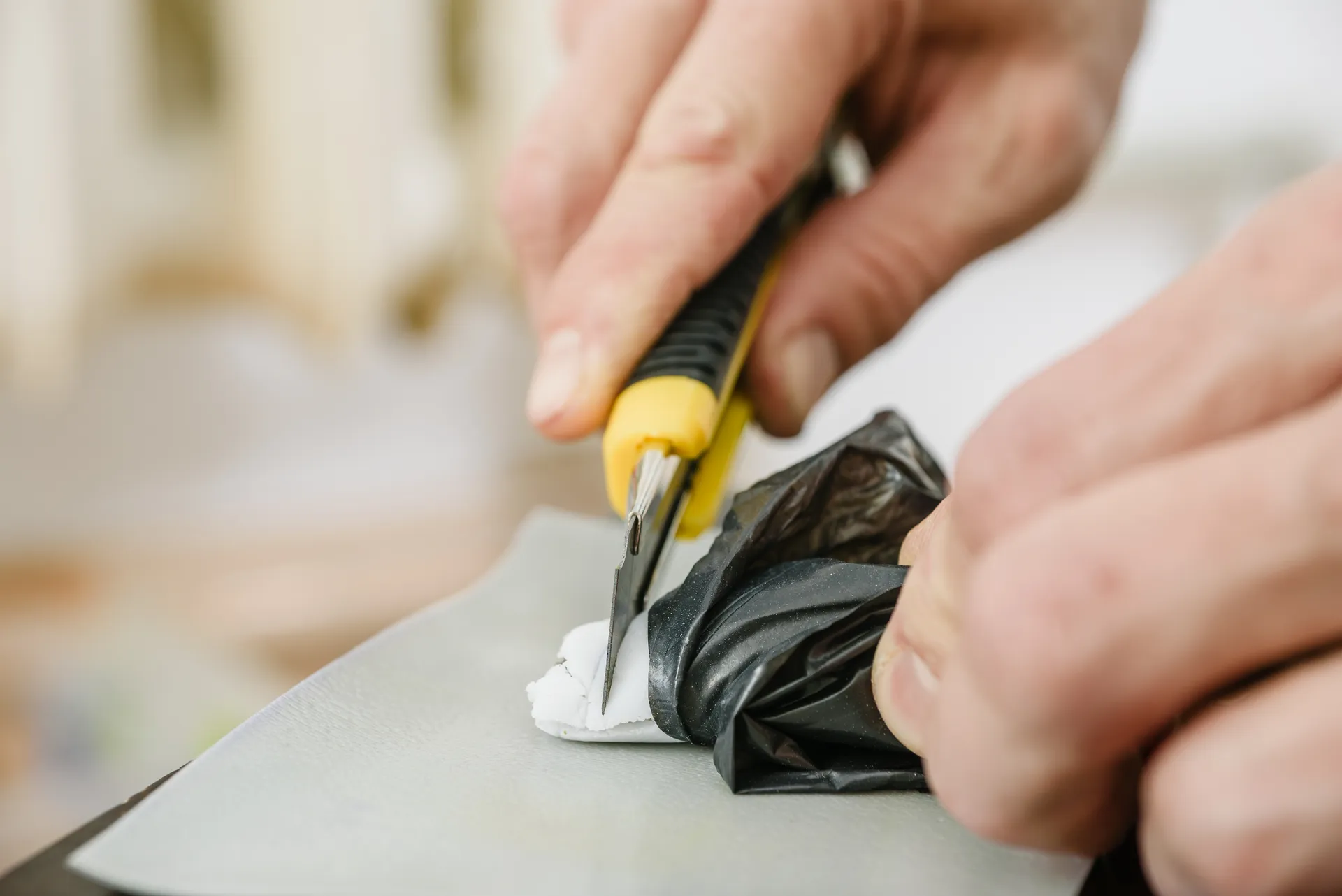
🧴 Best glues for plastic repair
Not all glue sticks to plastic — especially the slippery, low-energy types like PE and PP. Here are some top picks:

Hard plastic (e.g. chairs)
Use: Two-part epoxy or Loctite Plastic Bonder
Why: Very strong, waterproof
Flexible plastic (e.g. pool toys)
Use: PVC repair kit or vinyl patch
Why: Look for pool-specific kits
Cracks in toys or containers
Use: Super glue (cyanoacrylate) + plastic primer
Why: Works best on ABS or acrylic
Kids lunchboxes often come home a little worse for wear. If you can't use it for food, re-purpose for storing small toys or organising household items like batteries. The compartments, are handy for separating items.
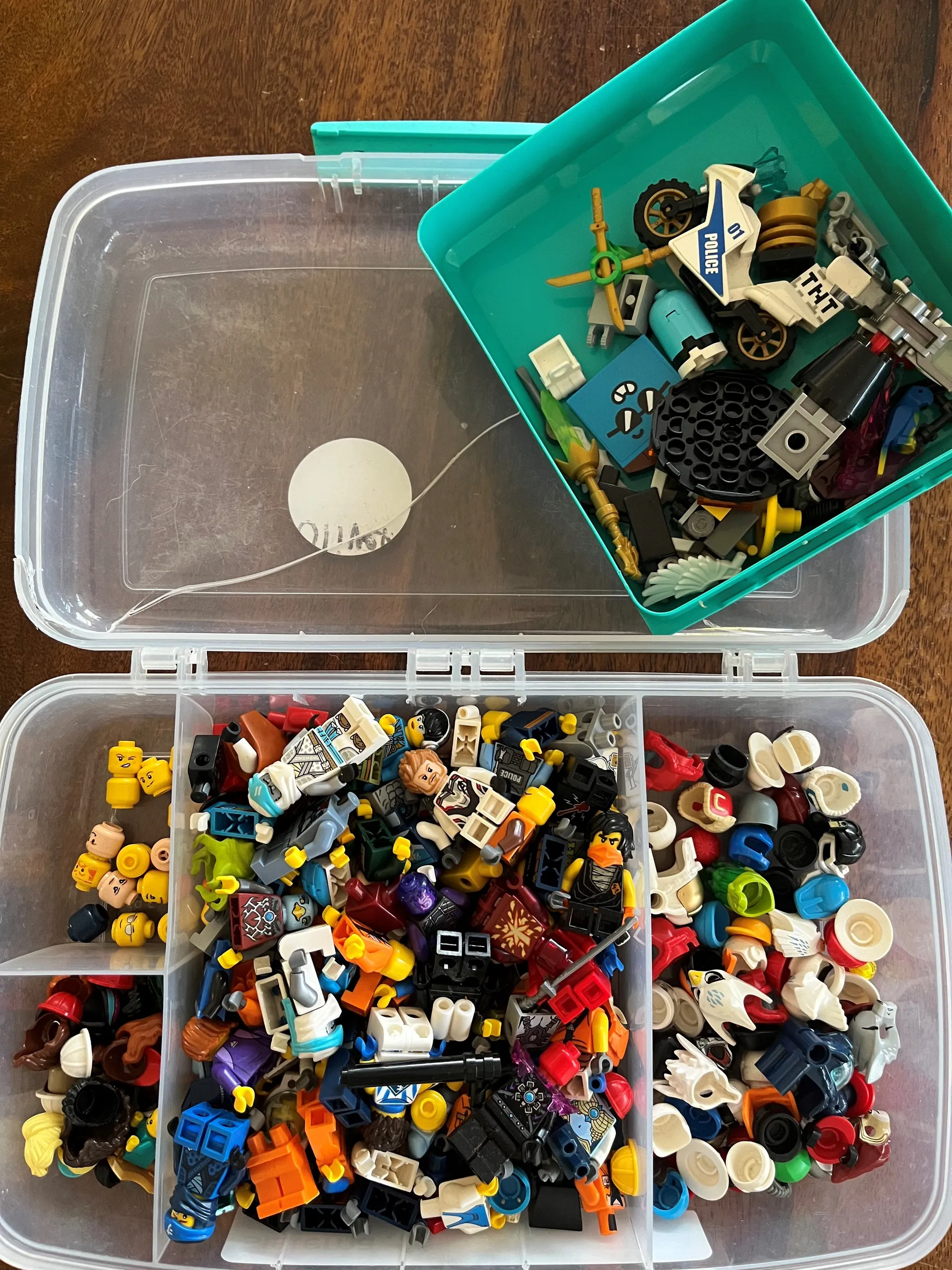
Food-safe containers
Use: Food-grade silicone adhesive
Why: For repairs not exposed to heat
⚠️ Always clean surfaces with isopropyl alcohol first and roughen slightly with sandpaper if the glue recommends it.
🏊♂️ How to patch a pool inflatable or water toy
- find the hole: Inflate fully and dunk in water — look for bubbles
- mark the area: Dry it off and circle the hole
- apply the patch
- use a PVC or vinyl repair kit
- clean with alcohol
- cut a patch 2 cm larger than the hole
- apply adhesive and press firmly
- wait 24 hours before inflating again

♻️ Before you bin it
If you have a cracked outdoor table or snapped shovel handle:
- check your local Repair Café or men’s shed to see if they can offer a fixing suggestion
- join a Buy Nothing or Sunshine Coast Freecycle group — someone might want it for parts
- share your repair success story on social media with #FixDontToss
💡 Challenge
Pick one plastic item around your home that’s cracked or leaking — and commit to repairing it this week. You'll save money, reduce waste, and learn a new skill.
Categories:
